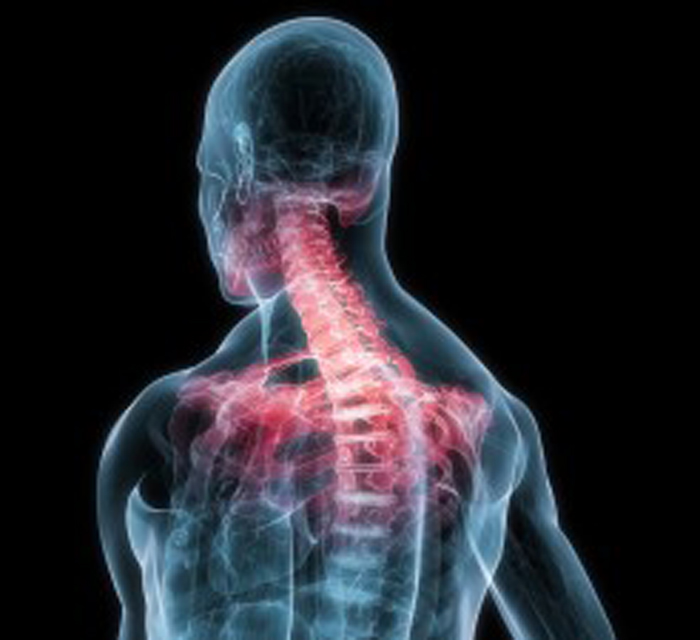A Retrospective Analysis of the Incidence of Severe Adverse Events Among Recipients of Chiropractic Spinal Manipulative Therapy
A Retrospective Analysis of the Incidence of Severe Adverse Events Among Recipients of Chiropractic Spinal Manipulative Therapy
SOURCE: Sci Rep 2023 (Jan 23); 13 (1): 1254
| OPEN ACCESS |
Eric Chun-Pu Chu • Robert J Trager
Linda Yin-King Lee • Imran Khan Niazi
New York Chiropractic and Physiotherapy Centre,
EC Healthcare, 41/F Langham Place Office Tower,
8 Argyle Street, Kowloon, Hong Kong.
This study examined the incidence and severity of adverse events (AEs) of patients receiving chiropractic spinal manipulative therapy (SMT), with the hypothesis that < 1 per 100,000 SMT sessions results in a grade ≥ 3 (severe) AE. A secondary objective was to examine independent predictors of grade ≥ 3 AEs. We identified patients with SMT-related AEs from January 2017 through August 2022 across 30 chiropractic clinics in Hong Kong. AE data were extracted from a complaint log, including solicited patient surveys, complaints, and clinician reports, and corroborated by medical records. AEs were independently graded 1–5 based on severity (1–mild, 2–moderate, 3–severe, 4–life-threatening, 5–death). Among 960,140 SMT sessions for 54,846 patients, 39 AEs were identified, two were grade 3, both of which were rib fractures occurring in women age > 60 with osteoporosis, while none were grade ≥ 4, yielding an incidence of grade ≥ 3 AEs of 0.21 per 100,000 SMT sessions (95% CI 0.00, 0.56 per 100,000). There were no AEs related to stroke or cauda equina syndrome. The sample size was insufficient to identify predictors of grade ≥ 3 AEs using multiple logistic regression. In this study, severe SMT-related AEs were reassuringly very rare.
Subject terms: Adverse effects, Rehabilitation
There are more articles like this @

